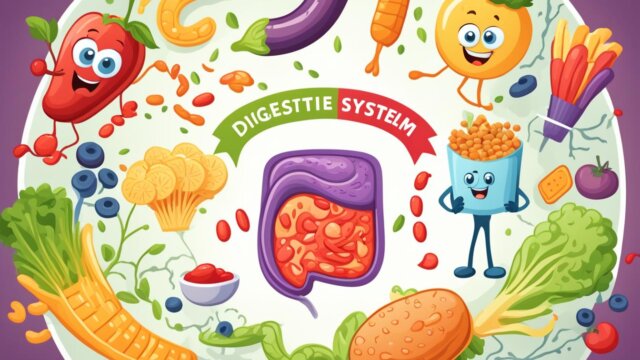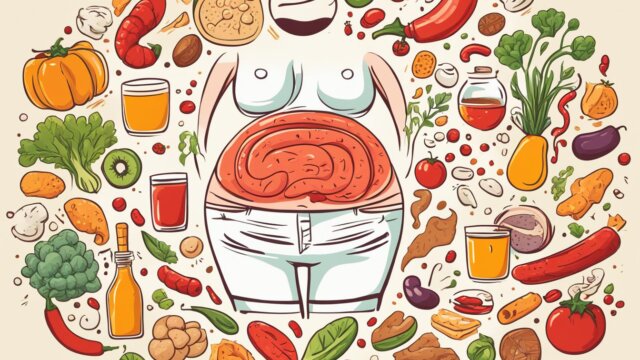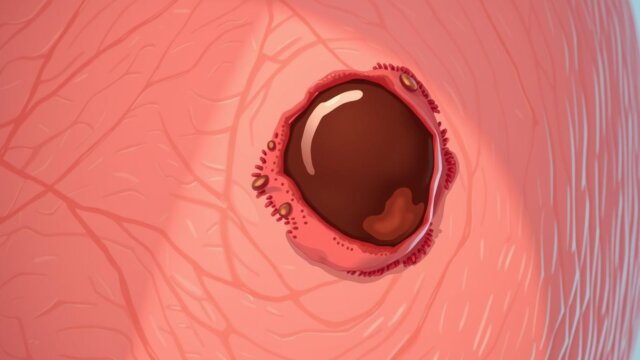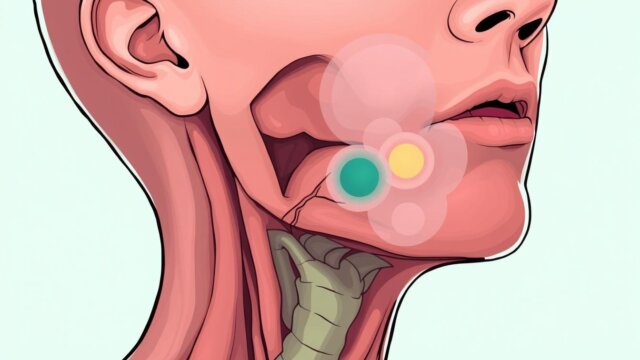FTC disclaimer: This post may contains affiliate links and we will be compensated if you click on a link and make a purchase.
In the world of food, whole grains are a top choice for health. They’ve been in our diets for thousands of years. They’re full of nutrients and offer many health benefits.
Eating whole grains can lower your risk of diabetes, heart disease, and high blood pressure. They’re key to a healthier diet. Let’s explore how whole grains can change your health for the better.
Key Takeaways
- Whole grains have been a staple in the human diet for millennia.
- Eating whole grains is linked to a reduced risk of various chronic diseases, including heart disease, diabetes, and certain cancers.
- Whole grains are packed with essential nutrients, fiber, and antioxidants that support overall health.
- Incorporating more whole grains into your diet can aid in weight management and reduce inflammation.
- Whole grains offer a versatile and delicious way to elevate the nutritional value of your meals.
What Are Whole Grains?
Understanding the Composition of Whole Grains
Grains come from grass-like plants and some seeds of other plants. They have three main parts: the bran, the endosperm, and the germ. The bran is full of fiber, minerals, and antioxidants. The endosperm is mostly carbs. The germ is packed with vitamins, minerals, protein, and plant compounds.
Refined grains lose the germ and bran, leaving just the endosperm. But whole-grain products keep all three parts in their natural amounts.
- Most people in the U.S. should eat at least half whole grains.
- Daily grain needs change with age. Toddlers need 1¾ to 3 oz-equiv, while men 19 to 30 years old need 8 to 10 oz-equiv.
- One ounce of grains is like 1 slice of bread, 1 cup of cereal, or ½ cup of cooked rice or pasta.
Eating whole grains often can lower the risk of some diseases. They are key for a healthy diet, giving us important nutrients.
“Choosing whole grains over refined grains has been linked to lower risks of heart disease, type 2 diabetes, cancer and more.”
Whole Grains: Nutrient Powerhouses
Whole grains are full of important nutrients. They have lots of fiber, vitamins, minerals, protein, antioxidants, and plant compounds. These help keep you healthy and prevent diseases.
Whole grains keep all the good parts of the grain – the bran, germ, and endosperm. This means you get all the nutrients they offer.
- Whole grains are packed with B vitamins like thiamin, niacin, and vitamin B6. These help with energy and nerves.
- They are great for iron, zinc, magnesium, and copper. These minerals are important for your immune system, bones, and blood cells.
- Protein in whole grains, like quinoa and amaranth, helps build muscles. This makes them good for a balanced diet.
- Antioxidants and phytochemicals in whole grains can lower inflammation. This reduces the risk of heart disease, diabetes, and some cancers.
Whole Grain | Unique Nutritional Highlights |
|---|---|
Amaranth | Gluten-free and high in protein |
Barley | Nutty flavor and fourth most popular grain globally |
Bulgur | Fast-cooking and rich in fiber and magnesium |
Farro | High in niacin, a B vitamin important for digestion |
Millet | Protein-rich and a good source of phosphorus |
Quinoa | A complete protein source with all essential amino acids |
Sorghum | Rich in antioxidants and environmentally friendly |
Teff | Nutrient-dense and high in fiber, with a mild, nutty flavor |
Eating these whole grains can help you stay healthy. They support your heart, help with weight, and make you feel good.
Reduced Risk of Heart Disease
The Role of Whole Grains in Cardiovascular Health
Eating whole grains can help lower your risk of heart disease. This is the top cause of death globally. Just three 1-ounce (28-gram) servings of whole grains a day can cut your heart disease risk by up to 22%. Whole-grain breads, cereals, and products with added bran are key to this benefit.
Whole grains are great for your heart. Research shows they help prevent heart disease and stroke. They also lower the risk of type 2 diabetes and gaining weight.
Whole grains do more than just help your heart. They can also reduce the risk of death from inflammatory diseases. This shows how whole grains can improve your overall health and lengthen your life.
To lower your heart disease risk, eat more whole-grain breads, cereals, and products with added bran. This simple change can lead to a healthier lifestyle.
Whole Grains | Refined Grains |
|---|---|
Associated with reduced risk of heart disease, type 2 diabetes, and weight gain | Associated with increased risk of premature coronary artery disease |
Contain beneficial nutrients like fiber, vitamins, and minerals | Stripped of many beneficial nutrients during processing |
Recommended by heart health organizations like the American Heart Association | Should be limited in a heart-healthy diet |
“Incorporating whole grains into your diet may be a powerful way to lower your risk of heart disease, the leading cause of death worldwide.”
Adding whole grains to your diet is a big step towards a healthier heart.
Lower Risk of Stroke
Whole grains can help lower your stroke risk. Studies show that eating more whole grains cuts stroke risk by 14%. Fiber, vitamin K, and antioxidants in whole grains also help prevent strokes. These grains fit well into the DASH and Mediterranean diets, which also lower stroke risk.
Stroke is a big health issue, causing disability and death worldwide. In the U.S., over 795,000 people have a stroke each year. Eating more whole grains can help prevent this serious condition.
A 2015 study found the Mediterranean diet can lower stroke risk. Another study in 2015 linked eating more whole grains to a lower stroke risk. A 2017 study also showed eating bran and whole grain cereal can cut down stroke risk.
Adding more whole grains to your meals can be good for your health. It can lower your stroke risk. By eating whole grain foods, you help protect your heart and reduce stroke chances.
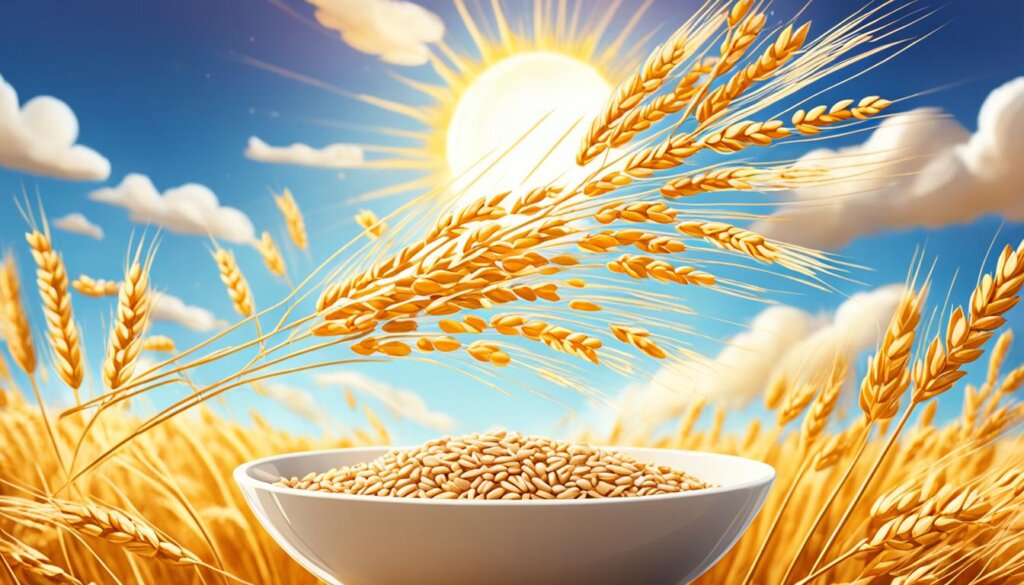
Aid in Weight Management
Whole grains can help you manage your weight. Foods like oats, quinoa, and brown rice are full of fiber. This fiber makes you feel full and stops you from eating too much. That’s why eating whole grains can help you lose weight.
Studies show that eating 3 servings of whole grains a day can lower your BMI and belly fat. Whole grains are more filling than refined grains. They might also lower your risk of becoming obese.
Steel-cut oats have 8 grams of fiber in half a cup, which is a lot of fiber. They also have 10 grams of protein, more than a cup of cow’s milk. This protein is good for your body.
Oats are also good for your body because they have a low glycemic index. This means they don’t cause a big spike in blood sugar. This can help keep your insulin levels normal.
Whole grains are really good for your weight and health. Adding more whole grains to your diet can help you lose weight and stay healthy.
Whole Grains and Weight Management | Findings |
|---|---|
Whole grain intake and risk of obesity | Eating 3 servings of whole grains a day can lower your BMI and belly fat. This reduces your risk of obesity. |
Fiber and protein in whole grains | Oats are full of fiber (8g per 1/2 cup) and protein (10g per 1/2 cup). This helps you feel full and manage your weight. |
Whole grains and glycemic control | Oats have a low glycemic index. This helps keep your insulin levels normal and supports weight loss. |
Long-term whole grain intake and weight gain | Studies show that eating whole grains and high-fiber foods can prevent weight gain over time. |
Prevention of Type 2 Diabetes
The Impact of Whole Grains on Blood Sugar Regulation
Eating whole grains can help lower your chance of getting type 2 diabetes. These grains are full of fiber, which helps with weight control and fights obesity, a big diabetes risk. Whole grains also help keep blood sugar levels down and make insulin work better, thanks to magnesium in them.
Many studies show that whole grains can stop type 2 diabetes. Eating a lot of whole grains cut the diabetes risk by 29% compared to eating less. Whole grain cereals, dark bread, and oatmeal were especially good, lowering diabetes risk by 21-22%.
The link between whole grains and diabetes risk is not just about how much you eat. Eating about 0.5 servings a day of certain grains stopped the risk from going down further. Eating more than that didn’t make much difference, but eating less than that was risky.
Whole grains are especially good for lean people, lowering diabetes risk more in them. This shows that whole grains are a key part of a healthy diet, especially for those who are not overweight.
Switching from refined to whole grains is a big step towards avoiding type 2 diabetes. Whole grains offer many health benefits, so it’s a good idea to eat them more.
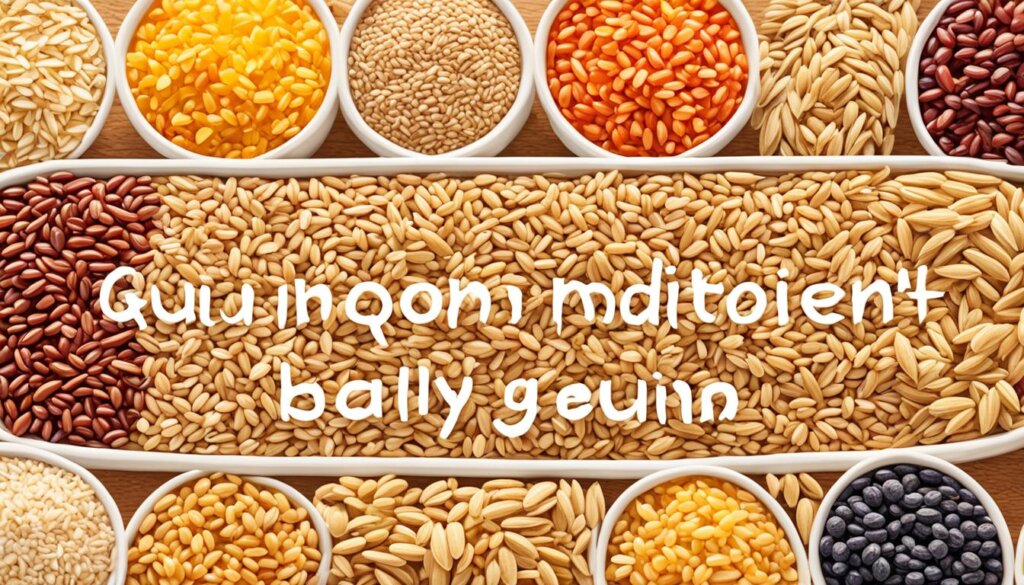
“Eating whole grains in place of refined grains may lower your risk of type 2 diabetes.”
Whole Grains and Digestive Health
Whole grains are not just good for you, they’re key for a healthy gut. Foods like oatmeal, popcorn, brown rice, and whole wheat bread are full of fiber. This fiber is great for your gut health.
Fiber makes your stools bigger, which helps prevent constipation. Some fibers in whole grains feed the good gut bacteria. These bacteria are vital for your digestive health.
Eating whole grains can make more good bacteria in your gut. This leads to more short-chain fatty acids. These acids help your gut, boost your immune system, and reduce inflammation.
A diet low in whole grains can lead to gut problems like inflammatory bowel disease and irritable bowel syndrome. To keep your gut healthy, eat at least half whole grains as the Dietary Guidelines suggest.
Adding different whole grains like millet, sorghum, bulgur, or quinoa can make your diet more interesting and increase fiber intake. Simple changes, like choosing brown rice or whole grain bread, can help you eat more whole grains and improve your gut health.
Whole Grain | Digestive Benefits |
|---|---|
Oats | Rich in dietary fiber and insoluble fiber, aiding digestion. |
Millet | High in magnesium, helping reduce inflammation and improve bowel function. |
Quinoa | Rich in antioxidants and phytonutrients, aiding digestion and offering minerals like iron and zinc. |
Whole Wheat | Dietary fiber is associated with a reduced risk of digestive diseases like Crohn’s disease and ulcerative colitis. |
Barley | Rich in soluble fiber, supporting digestion and alleviating constipation. |
Rye | High in insoluble fiber and prebiotic compounds, nourishing beneficial gut bacteria and maintaining healthy blood sugar levels. |
Adding a mix of whole grains to your meals can feed your gut, boost your digestive health, and give you many benefits.
Reduced Chronic Inflammation
Whole grains help fight chronic inflammation, which causes many diseases. Studies show that eating more whole grains lowers the risk of dying from inflammation-related diseases. Switching to whole wheat can also cut down on inflammation.
Whole grains do more than help your heart and manage weight. They can ease allergy and asthma symptoms by reducing immune responses. Eating foods low in inflammation can also lower the risk of Alzheimer’s and other dementias.
To fight chronic inflammation, eat a variety of whole grains every day. A diet rich in fruits, veggies, whole grains, beans, tofu, nuts, fish, and spices can help. Coffee also has anti-inflammatory effects, which may help prevent inflammation and related conditions.
Inflammatory Foods to Avoid | Anti-Inflammatory Foods to Consume |
|---|---|
|
|
An anti-inflammatory diet isn’t just for losing weight. It helps keep you healthy. But, it can be hard for those with less money to buy fresh fruits and veggies.
Chronic inflammation is linked to many diseases like cancer and heart disease. Eating more whole grains can help reduce inflammation and boost your health.
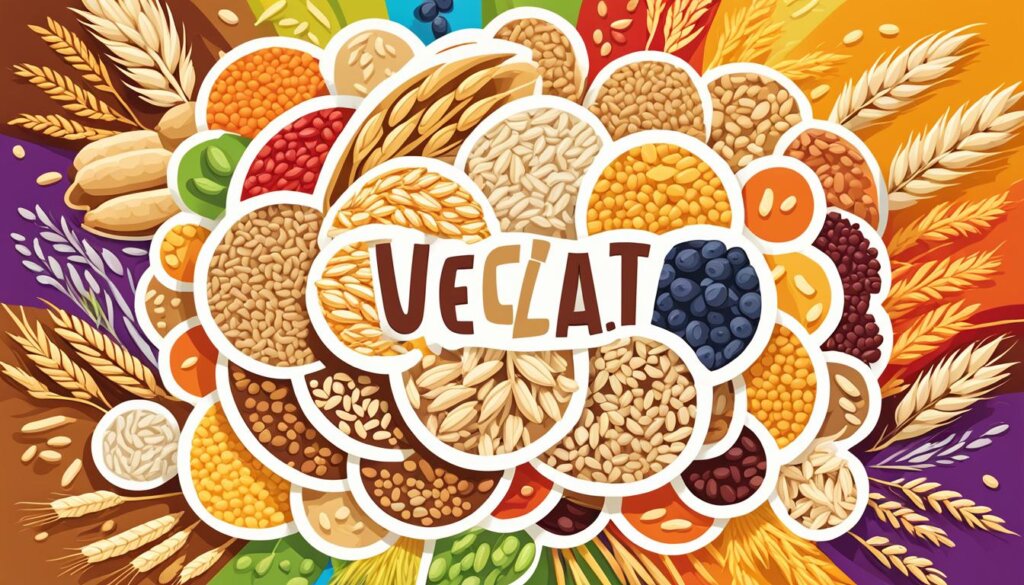
“Whole grain consumption is associated with a reduced risk of chronic diseases such as coronary heart disease, cardiovascular diseases, type 2 diabetes, and total cancer, and mortality due to any cause.”
Potential Cancer-Fighting Properties
Studies show that eating whole grains might help fight cancer. They seem to work best against colorectal cancer. Whole grains have fiber and other stuff like phytic acid, phenolic acids, and saponins. These might slow down cancer growth and spread.
Research says whole grains might protect against different cancers. Some studies found a 6%–47% lower risk with whole grains and cancer. But, others didn’t find a link. Cereal fiber was also linked to a lower risk in some studies.
But, not many American adults eat enough whole grains. Less than 10% get the recommended 3 or more servings a day. We need more studies to understand how whole grains fight cancer.
Eating more whole grains like whole-wheat bread, brown rice, and oats could lower your cancer risk. Whole grains are nutritious and may help keep you healthy.
“Consuming whole grains may reduce the risk of certain site-specific cancers, as indicated in a 2020 review.”
Cancer Type | Potential Reduction in Risk |
|---|---|
Colorectal Cancer | 17% reduction with raw carrot consumption |
Breast Cancer |
|
Gastrointestinal Cancer | Olive oil consumption may lower the risk |
Urinary Tract Cancer | Olive oil consumption may lower the risk |
Adding more whole grains to your diet and eating other cancer-fighting foods can help your health. This might lower your risk of some cancers.
Whole Grains
Whole grains are key to a balanced diet. They give you a lot of health benefits because they aren’t stripped of nutrients like refined grains are. They have bran, germ, and endosperm. Each part is full of vitamins, minerals, fiber, and other good stuff for your health.
Eating whole grains can help prevent heart disease, stroke, and type 2 diabetes. The fiber in them can make your blood cholesterol better and help you stay at a healthy weight. They also have lots of nutrients like thiamin, riboflavin, niacin, folate, iron, magnesium, and selenium.
The American Heart Association says to pick products with at least 51% whole grains over refined ones. Try to eat three fiber-rich whole grains every day and mix up your grains each week. Good examples of whole grain servings are 1 slice of whole-grain bread, 1 cup of whole-grain cereal, or 1/2 cup of cooked brown rice.
Adding whole grains to your meals brings lots of health benefits. It’s a big step towards eating well.

“Whole grains are an important source of fiber and other nutrients. They should be incorporated into the diet as frequently as possible to improve children’s health.”
– USDA spokesperson
Whole Grains | Refined Grains |
|---|---|
Contain the bran, germ, and endosperm | Stripped of bran and germ during processing |
Rich in vitamins, minerals, fiber, and beneficial plant compounds | Lack important nutrients found in whole grains |
Linked to lower risks of heart disease, stroke, type 2 diabetes, and certain types of cancer | Not associated with the same health benefits as whole grains |
Recommended as the primary grain choice for a balanced and nutritious diet | Should be limited in a healthy eating plan |
Incorporating Whole Grains into Your Meals
Adding whole grains to your meals and snacks is easy. Experts say eat half your grains as whole grains because they have more nutrients than refined grains. Start by using whole grain bread instead of white, pick whole wheat pasta, add quinoa to salads, and eat whole grain cereals or oatmeal for breakfast. Whole grains have germ, bran, and endosperm, giving you fiber, B vitamins, trace minerals, carbs, protein, and vitamin E.
Try whole wheat, oats, corn, rice, barley, buckwheat, quinoa, and millet in your meals. When cooking, mix cooked brown and white rice, use low sodium broth, and try different seasonings to make whole grains taste better. Recipes like Jumbo Breakfast Cookies and Overnight Oats give you nutrition facts, like calories, fat, sodium, carbs, fiber, and protein.
For meals, serve whole-grain pasta salad on greens, add barley or bulgur to soups, and have popcorn as a snack. Keep whole grains and flour in airtight containers in a cool, dry place or refrigerate or freeze them to keep them fresh.
Whole grains fit many cuisines and flavors, letting you try new things and broaden your taste. With some creativity, you can easily add more whole grains to your diet for better health and taste.
Whole Grain Options | Meal Ideas | Recipes |
|---|---|---|
Whole wheat, oats, corn, rice, barley, buckwheat, quinoa, millet | Whole-grain pasta salad, barley or bulgur in soups, popcorn as a snack | Jumbo Breakfast Cookies, Overnight Oats |
In the U.S., whole grain intake has risen by 39% to 61% over the past two decades. But, Americans still don’t eat enough whole grains, less than the recommended three ounces a day. Look for the “100% Whole Grain” stamp from the Whole Grains Council to know a product has at least 16 grams of whole grains per serving.
When shopping, choose products with whole grain as the first ingredient. Look for whole wheat, whole rye, oats, quinoa, barley, buckwheat, wild rice to find whole grain products. Start by swapping simple things like brown rice for white, whole grain spaghetti noodles, or adding quinoa to salads for more nutrition.
“Eating 2 to 3 servings of whole grains each day may lower the risk of diabetes, heart disease, and cancer.”
Adding more whole grains to your meals and snacks can improve your health. Try different whole grain options and make tasty meals to feed your body and taste buds.
Conclusion
Whole grains are key to a healthy balanced diet. They bring many health benefits that are important. Eating whole grains can lower the risk of diseases like type 2 diabetes and heart disease. They also help with digestion and keeping a healthy weight.
Adding different whole grains to your meals makes your food tasty and good for you. Studies show that whole grains are vital for staying healthy and preventing diseases.
On your path to better health, include whole grains in your meals often. This easy change can make a big difference in your health and happiness.
FAQ
What are whole grains and how do they differ from refined grains?
Whole grains keep the bran, endosperm, and germ. They have all the nutrients and fiber of the whole grain. Refined grains lose the bran and germ, leaving just the endosperm. This part is missing many important nutrients.
What are the health benefits of incorporating whole grains into my diet?
Whole grains can lower the risk of heart disease, stroke, type 2 diabetes, and some cancers. They help with weight control, gut health, and fight chronic inflammation.
How much whole grain should I be eating for optimal health?
Aim for at least 3 servings of whole grains daily for good health. Replace refined grains with whole grain ones like whole wheat bread, brown rice, and oats.
What are some easy ways to incorporate more whole grains into my meals?
Start by using whole grain bread, pasta, or brown rice instead of the refined types. Add cooked quinoa or barley to salads, soups, and grain bowls. Enjoy whole grain cereals or oatmeal for breakfast.
Are there any specific types of whole grains that are particularly beneficial?
Yes, grains like oats, quinoa, brown rice, and whole wheat are great. They’re full of fiber, vitamins, minerals, and plant compounds that are good for you.

